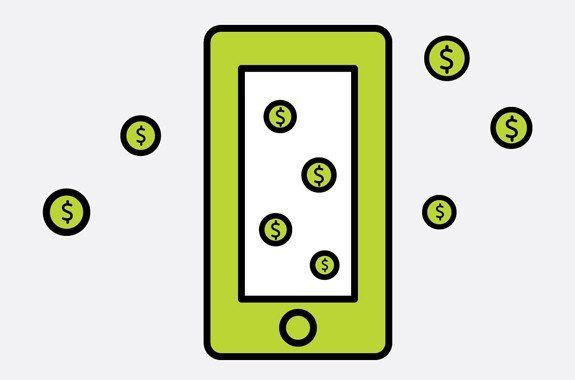5 steps to a better mobile website
5 steps to a better mobile website
A website that works well on mobiles will help you stay ahead of your competitors.
Failing to optimise your website for mobile can mean an unnecessary loss of business. Not only are frustrated mobile customers unlikely to return but search engines might not rank you preferably.
Google recently announced that if you neglect to optimise your website for mobile, it may adversely affect your ranking within Google search results.
So if you want to remain on that Search Engine Results Page (SERP) but your website only accommodates desktop users, here are five ways to improve your website for mobile devices.
1. Make it easy – click-to-call
Potential customers are looking at your website. They see your phone number. They have their phone. So why not take the further step and allow them to contact you with just one tap of the screen? By adding a “click-to-call” function to your mobile website, customers can simply tap on the number and the call will automatically be put through.

Failing to optimise your website for mobile can mean an unnecessary loss of business.
2. What’s your pitch? Stick to the basics
Customers want to see the key selling points of your product immediately. Why should they buy your product or use your service? This means your website’s mobile content should be stripped down to the essentials to improve a customer’s online experience. To make space you must know what your customer wants to know. So, put yourself in your customers’ shoes and then ask yourself: “What’s my pitch?” Make sure that the key selling points of your product are clearly visible.
3. Visualise your customers on the move – Make it simple
Do not forget who you are dealing with. Mobile customers are often on their feet seeking information out of a sense of urgency or necessity. Don’t make the experience difficult for them by requesting undue amounts of information. Also visualise the device they may be using. You should consider how your mobile web page will look on screens of all shapes and sizes and also keep up-to-date with the new screen dimensions of the smartphones and tablets entering the market. Make sure your website is ready for all devices and operating systems.
4. Check your speed
Slow loading times will frustrate even the most patient online visitor. Some sites are slower than others and many reasons for this are outside your control. But one possibility is that your website has too much uncompressed content. Compressing files and images is like vacuum packing the content on your site.
For example, images should be small files. Anything above one megabyte could be too big and may make your page sluggish to load. Businesses should check out page speed tools available online that can assess your site’s speed as well as inform you how to go about vacuum packing your website.
5. ABC – Always be closing
There is no point having a mobile website if customers don’t know about it. Mobile visitors should be automatically asked if they wish to use your mobile website. And then once your customer has found you, remember ABC – “always be closing”.
Don’t bury the “order now”, “purchase now” or “call now” button way back in the website. It’s important that customers can easily navigate to the point of sale – or they’ll get frustrated and leave.
Related Products
Managed Service
Search Engine Optimisation
Local Starter
from $500 monthly*
Everything a local business needs to get started in SEO
✔ 5 x locally optimised keywords a month
✔ Get started with Google My Business
✔ Talk to our experts for advice
